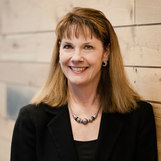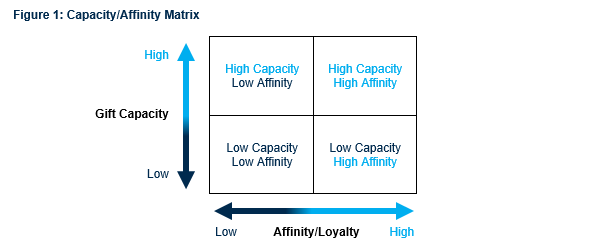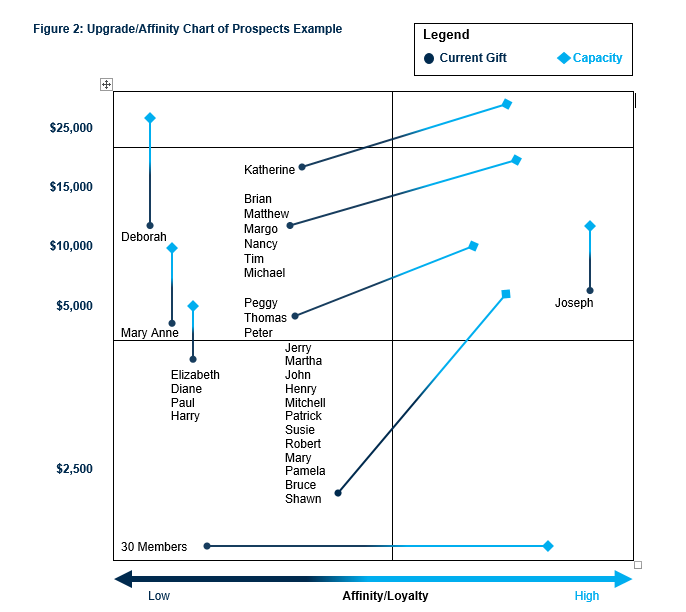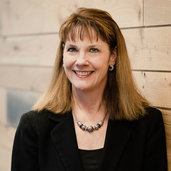By Elisabeth B. Galley, Vice President, Arts Consulting Group
Developing Customized Cultivation Plans
Ultimately, not all donors are equal. Some have more capacity than others and are your major donor prospects. Others may love your museum and its work but do not have the ability to give large gifts. Some constituents in your database know your museum well while others may have a cursory knowledge through attendance at occasional events.
The matrix below is a simple yet useful way to identify current donors who have the potential to become major donors. This exercise also is an effective way to share cultivation strategies and information with development staff, development committee members, board members, and other stakeholders who are in a position to assist.
Once this data is collected, it can be interpreted using the model below. In Figure 2, sample existing donors have been plotted, showing the typical cluster at the entry point of the giving group, the Low Current Gift/Low Affinity quadrant. Then, apply formal or informal wealth screening information to determine where donors could be – ideally, in a place where they are ready to make a major gift after increased knowledge of and affinity with your museum . The goal is to use this information to strategically move prospects to the High Gift/High Affinity quadrant through increased cultivation.
It is also important to recognize that some donors will stay where they are – either in the High Gift/Low Affinity quadrant because they contribute generously but your organization is not their top priority or in the Low Gift/Low Affinity quadrant because they have no further capacity.
Role of Board Committees
Most museums have a Development Committee as part of their board structure. And many organizations will state that, in some manner, every board member needs to participate in fundraising. This can be done in a variety of ways that can be relatively painless, even for that board member who absolutely will not ask anyone for money.
Using the Upgrade/Affinity chart above as an example, we can see that many current donors have the capacity to make larger investments and can be encouraged to do so by drawing them in closer to the organization. This is where board members come in. Development staff can ask their board members who in this prospect pool they know, and then work with individual board members on specific cultivation initiatives. Examples of how board members can assist include hosting small gatherings in their home to enable guests to meet a visiting artist or have a deeper conversation with a curator, or inviting a prospect to be their guest at an exhibit opening with dinner afterward. Peer to peer relationships are key to the solicitation of increased gifts, and board members can play a very important role in bringing the prospective donor closer to the organization and “teeing up” the gift request, even if they choose not to make the ask themselves.
The role of the Nominating Committee is another important element of successful fundraising strategies. Whenever ACG conducts an assessment of development operations or a campaign feasibility study, the desire for more board members with both capacity and influence is often articulated. Smart museums will think about this long before a major fundraising initiative is launched. The board, with influence from the development staff, is wise to think about possible board leadership that could enhance its fundraising reach: corporate leaders, potential major donors, and community leaders with spheres of influence are a few examples.
Again, valuable information can be gleaned from the wealth screening process. Identifying current patrons who have an affinity for the organization and a greater capacity than previously known are great candidates for board membership, as they already know your organization well and can be inspirational ambassadors.
It is important to keep in mind that the nominating process should be a thoughtful and ongoing endeavor. Taking a longer view of the future needs of the museum, particularly in the area of fundraising, will allow time for cultivation, which should increase the probability that a desirable board candidate will be ready to say yes to your invitation. It also allows for a “no, I cannot serve now” to have time to develop into a “yes, I am honored to join” at a later date – hopefully, just when you need them for your next big thing.
By using the tools found in this two-part series, your museum will be well on its way to completing a successful campaign.

Vice President Elisabeth B. Galley has more than 30 years of experience as a fundraising and development professional for nonprofit arts and culture organizations. First joining ACG in 1998 as a Senior Consultant, Ms. Galley worked with Tulsa Opera, Nevada Ballet Theatre, Mozart Classical Orchestra, REPRISE! Broadway’s Best, and the Carmel Bach Festival as Interim Development Director. She rejoined the firm in 2015 to open its Dallas office and expand the Revenue Enhancement practice area. Prior to joining ACG, Ms. Galley served as Chief Development Officer at the Perot Museum of Nature and Science, spearheading its $200 million campaign efforts. During her five-year tenure, Ms. Galley expanded the museum’s operating reserves by $26 million and doubled its contributed revenue to $4 million annually. For seven years, she served as Vice President of Development at the AT&T Performing Arts Center, working on the $335 million campaign to build the multi-venue complex. Ms. Galley was also Director of Development for the Colorado Springs Symphony where she was responsible for all components of the annual contributed income, including individual and corporate gifts, foundation and government grants, and special events. Ms. Galley holds a master of business administration with an emphasis in marketing and nonprofit administration from the University of Delaware.

wealth screening services at your organization.
(888) 234.4236
[email protected]





 RSS Feed
RSS Feed